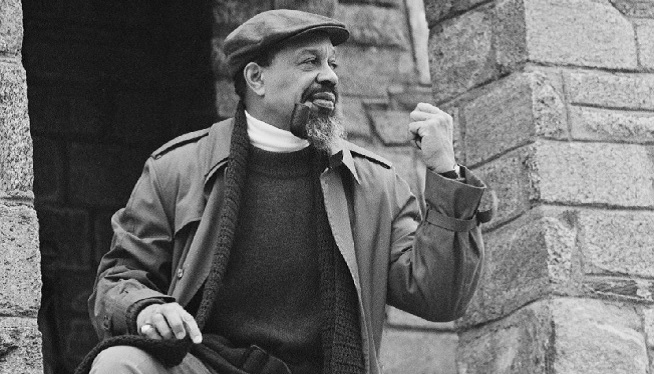NOTE: This article has been edited to note the local nature of the Hanafi attack. The U.S. Capitol was attacked by Puerto Rican nationalists in 1954, but that incident was isolated to the House chamber.
John Matthews
WMAL.com
It was 40 years ago – March 9, 1977, when the District was forced to deal with what was then an unprecedented crisis for the city government – terrorism, in the form of three coordinated hostage situations.
Gunmen took over three buildings in the city – The Islamic Center, the B’nai B’rith headquarters, and D.C.’s local seat of government, the District Building. In all, 150 people were taken hostage, and in the process of the takeover, one person was killed and another mortally wounded. In addition, then-Council member Marion Barry was shot.
The leader of the hostage-takers was Hamaas Abdul Khaalis, founder of the Hanafi Muslim sect. Khaalis was a former leader in the Nation of Islam, who broke with the organization in 1971, and published statements that were critical of the Nation of Islam. A year later, in retribution for his disparagement, seven people were killed in an attack on Khaalis’ home on 16th Street, including five of Khaalis’ children and his nine-day-old grandson.
That attack served as Khaalis’ motivation for the 1977 siege. He demanded that those convicted in the attack at his home be turned over to him in exchange for the release of his hostages. In addition, he demanded that a film called “Mohammed, Messenger of God,” thought by some to be sacrilegious, be pulled from theaters.
The standoff with police ended after 39 hours, when Iran’s Ambassador to the United States was successful in making a compassionate plea with Khaalis to surrender. Khaalis died in prison in 2003.
WMAL’s Steve Burns looks back on the 39-hour saga with hostages, victims, and law enforcement.
Copyright 2017 by WMAL.com. All Rights Reserved. (Photo of Hamaas Abdul Khaalis by Charles Bennett/Associated Press)





















